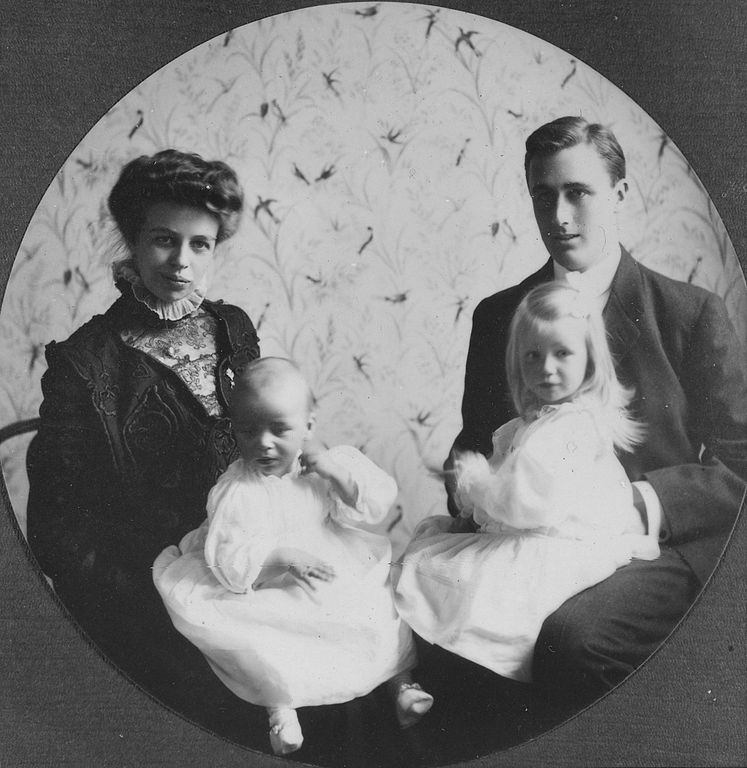Many things can be said about the architectural legacy of Thomas Jefferson, but his influence on the spatial fabric of this country can never be overrated (“Overrated & Underrated,” October 2002). At the University of Virginia, which he founded and designed, he combined elements and materials from across Europe and America into a m»lange that would have horrified his idol, the renaissance architect Palladio. Jefferson did it to provide not a dry re-creation of old Italy but a living classroom for his students to learn about the classical orders and their varied applications.
But Jefferson’s greatest architectural legacy lies in his ideas, not in his buildings. The University of Virginia’s Rotunda is most significant because it served as a library rather than a church, a temple to learning instead of to God. Jefferson’s deviation from the practice of placing a church at the center of university life may have been heavy-handed, but it presaged the radical new direction of American life.

